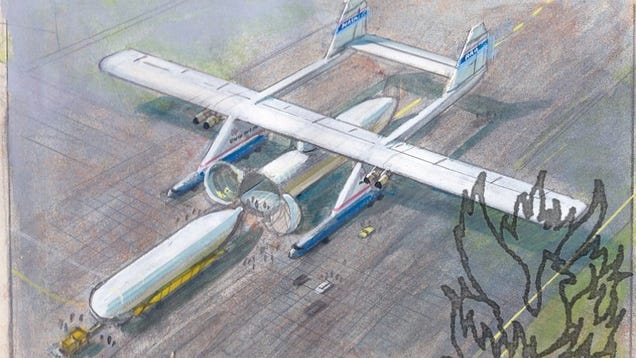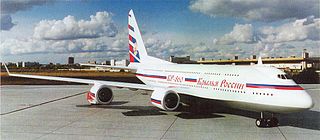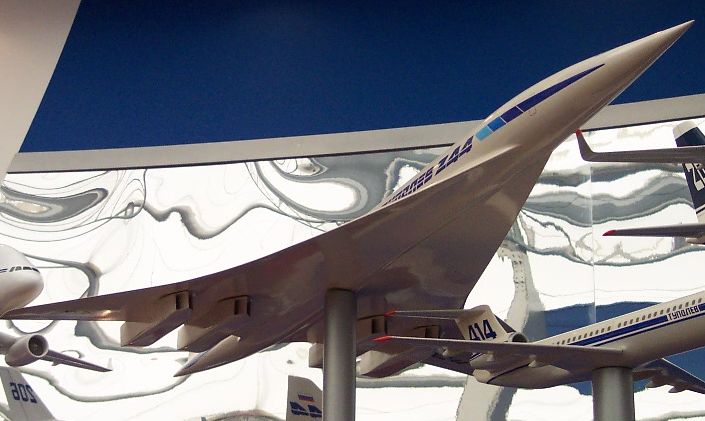This list (no order) features some of less known, but nonetheless weird, dangerous or challenging airports. Some have very complicated, interesting or unusual approaches. I'll try to do about 5 airports each day.Hope you like it and BTW please:
Write some nice comments about what topic(s) should/could I cover.
No.1 London City Airport (EGLC)

From Wikipedia

From Wikimedia.
The airport is located in the middle of a financial district in London, just 11km from City of London.
Bulit in the 80s in an area that used to be a dock, London City airport has one 1508m runway with a 5.5 degrees steep glideslope! Initially it was designed for Dash 7 aircraft. Today we can see E-170 to -195, Avro RJs, A318s, ATRs,Saab 2000s, Bae Jetstreams, Do328, Q400s, CRJs and Cessna Citation or Hawker Raytheon type of bizjets. In adittion, crews require special training and limits of noise, due to the proximity to homes. Another challenge is slowing down, as planes approach in a steep angle and gain speed, then having to slow down on a relatively short runway. In 2007 the airport operated 2.9 million passengers and an expansion is planned for 2030.
If you're a flight simmer, you can get UK2000s EGLC payware scenery for FSX and Fs2004.
No.2 Aspen-Pitkin County Airport (KASE)

From Wikipedia.

An overview of the airport and 2001 Avjet crash site location photo by NTSB.
This Colorado airport is elevated at more than 2300 metres and has a challenging (not as much as London City) visual approach through a mountainous area and a difficult IFR approach- LOC/DME to runway 15. Planes usually land only on runway 15, due to high terrain surrounding the area close to runway 33.Sometimes you get quite bad weather conditions, with very strong winds, turbulence and nigh snowfall. The runway is quite long, however design of the airport causes a problem. Only aircraft with a wingspan of less than 29m can operate on the airport due to the taxiway design. There are a few weird restrictions such as departures premmitted after 22:30, because of the proximity to houses and noise level. The Concorde could make it here, as the SST has a 25m wingspan.It's a popular GA destination, but airlines like Delta connection or American Eagle fly small planes like ATRs or CRJs to Aspen.
For simmers, you get a nice, cheap package from Aerosoft, unluckily FSX only.
No.3 Queenstown Airport (NZQN)

From Wikicommons.

Source:Wikimedia
This airport located 10km from Quenstown's city centre was first used in commercial aviation in the 50s and 60s, when Dc-3s flew scenic routes. The airport located close to mountains and approaches take pilots some 2000 feet over them. Queenstown airport has two relatively short runways- 1900m long 05/23 and 900 metre long- runway 14/32. Another problem are winds, causing turbulence and making landings and take-offs challenging. The main runway is 30m wide, whereas usual runways are 45 metres. On the other hand, in beautiful weather passengers and pilots can have a pleasing flight in and out of NZQN. This airport is usually operated by 737-800, ATRs or A320s. Queenstown airport came 7th in Privatefly.com's competition for the most amazing approach in 2011.
ORBX has made a Queenstown scenery for P3D and FSX, which seems a little bit expensive to me, however it's ORBX and their products are always very high quality.
No.4 Sao Paulo Congonhas (SBSP)

From Wikipedia

Source: Wikicommons

Source:Wikipedia
The airport is located just 8km from the city center of South America's largest city.
Built in the 30s, the airport was in fact the third busiest for cargo in 1957. Since Guarulhos airport has opened, Congonhas has lost popularity and with infrastructure being built around it became dangerous. The airport has two runways, one 1940 and the second 1435 metres long. Both end with a road and buildings. They can't be extended, because of this fact. Sao Paulo is a rainy place and a slippery runway of this length is a challenge for pilots. The approach or takeoff procedure aren't really hard, however stopping and accelerating on the runway is. In 2007, a Tam Linheas Aeras flight has crashed on a rainy day, due to pilot error, overrunning the runway and killing 199 people. The airport is operated mainly by A320s, 737s, Fokker 100, Embraer aircraft and ATRs, however it used to operate cargo A300 and Boeing 767-200s. The airport is in fact no longer international.
Flight sim fans get a great free scenery of this airport found on TerraBrasilis (FSX and P3D. TropicalSim have released a payware rendition (same sims). Xplane 10 has got one, too:http://forums.x-plane.org/index.php?app=downloads&showfile=25481.
No.5 Matekane air strip (FXME)
 From Wikipedia.
From Wikipedia.This small airport located in Lesotho, a country surrounded by South Africa. One of it's airstrips in the Matekane village ends with a sharp ridge. Matekane lays at an elevation of 2 300m and has a short 400m runway. The biggest planes landing their are usually Cessna 172 type of aircraft, though it is sometimes accessed by Cessna Caravans or Twin Otters. To wrap it up, FXME airport is frequently windy and unpleasant for pilots.
Aerosoft has released a nice package of dangerous airports, consisting Matekane. Try it out for 16 dollars.
No.6 Billy Bishop Toronto City Airport (CYTZ)

Wikicommons photo.

Courtsey of Wikipedia.
Built in the 30s on an Island next to the city centre, a former military area for the Norwegian army and a matter of debates about distributing the area around Toronto, it's a weird and challenging airport. It has three runways, that are from 900 to 1200m long. The airport is operate by Dash 8s, CRJ and possibly CS100. Due to the proximity of the city, approaches at night are problematic, due to the sound emitted by planes. There are 10 000$ fines for flying an airplane to CYTZ after 11pm. The approach has a very "swinging" profile. This isn't such a dangerous, but nonetheless weird airport. The RNAV and ILS/DME runway 8 approach is in the path of CYYZ arrivals and departures, however it doesn't cause any mid-air collisions.
There is one FSX, P3D and Xplane 10 payware Torornto City scenery:http://finalapproachsim.com/product/toronto-city-airport-fsxp3d-download-2/. Quite a decent price, 20 us$, though the quality isn't great.
No.7 Melville Hall airport (TDPD)

Photo used with permission.
Located just 2mi. northwest of Marigot, Dominica, this airport isn't the safest, nor easiest. Bulit in 1944, throught a

 A350 cockpit. Source: Wikipedia and Joao Carlos Medau
A350 cockpit. Source: Wikipedia and Joao Carlos Medau



 787-9 picture by BriYYZ from Wikipedia.
787-9 picture by BriYYZ from Wikipedia.
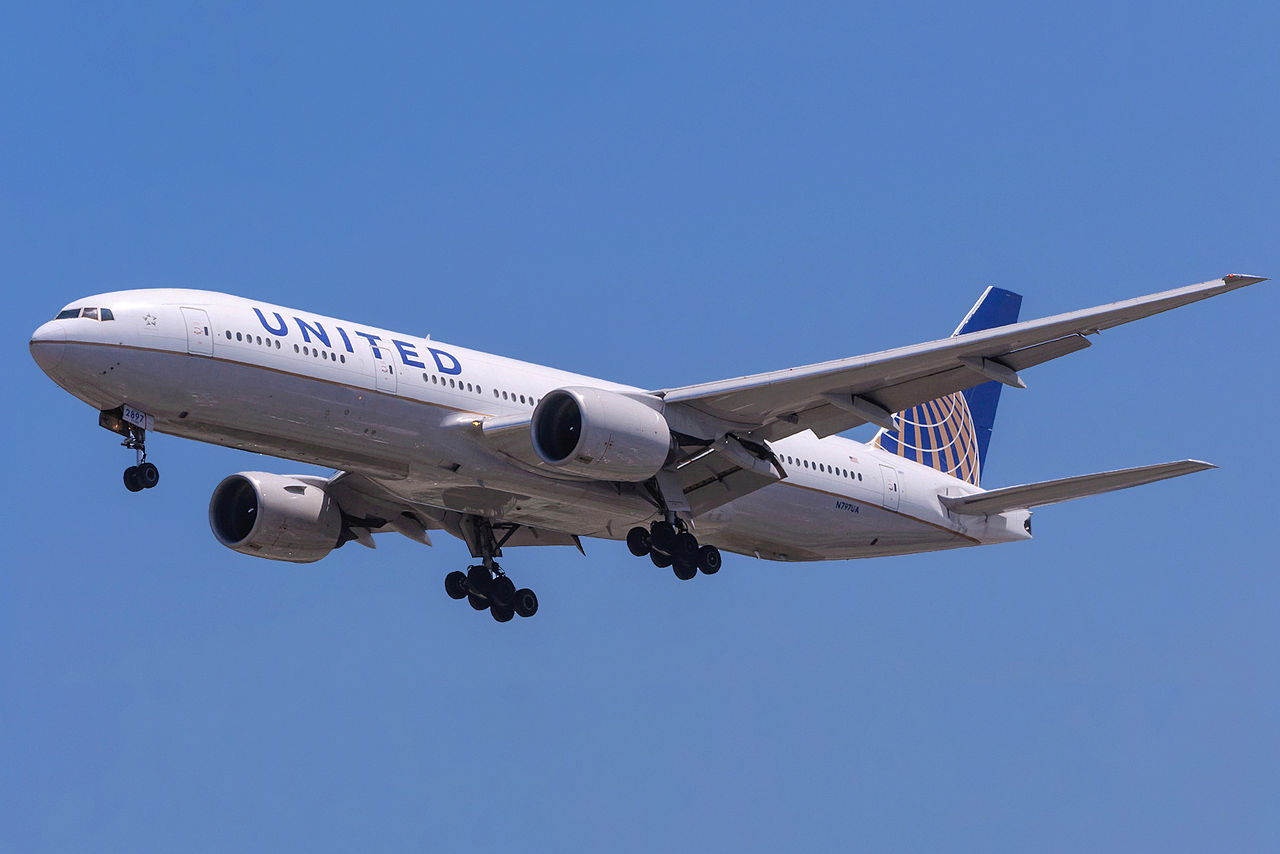
 Large tail, winglets and cool engines. Il-96 in Beijing.
Large tail, winglets and cool engines. Il-96 in Beijing.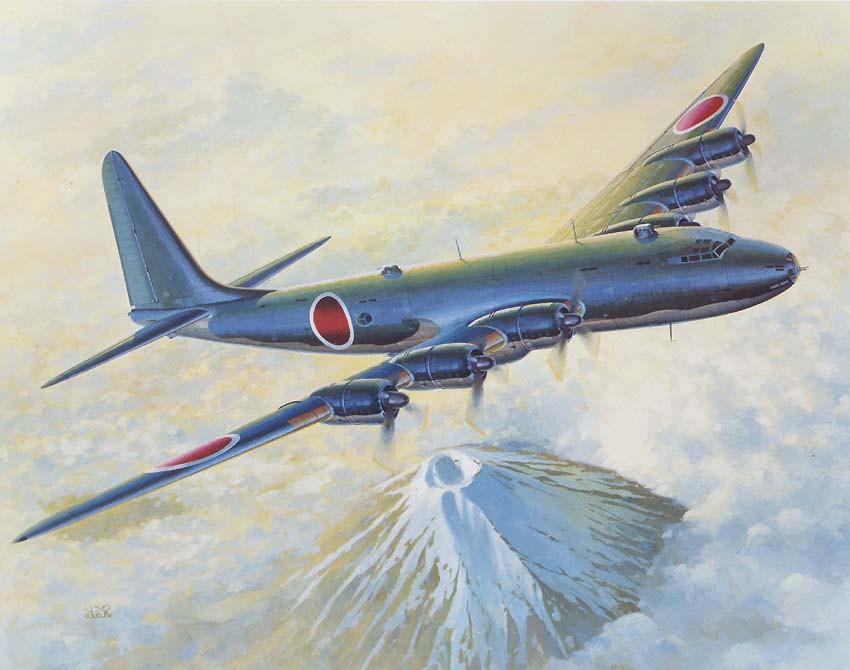


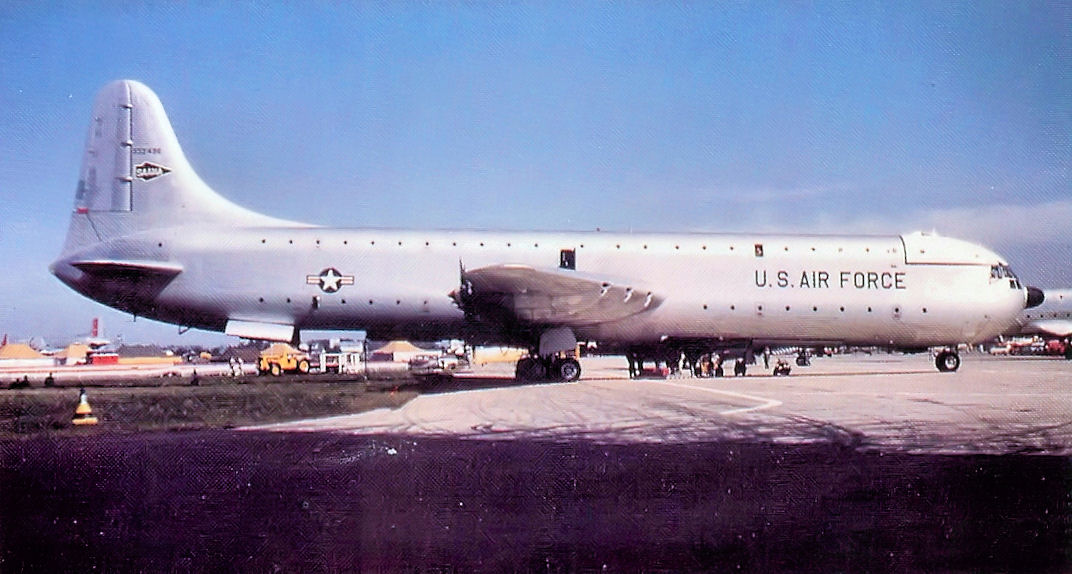
 Source: Wikipedia and USAF
Source: Wikipedia and USAF
 Same author and page as above.
Same author and page as above.